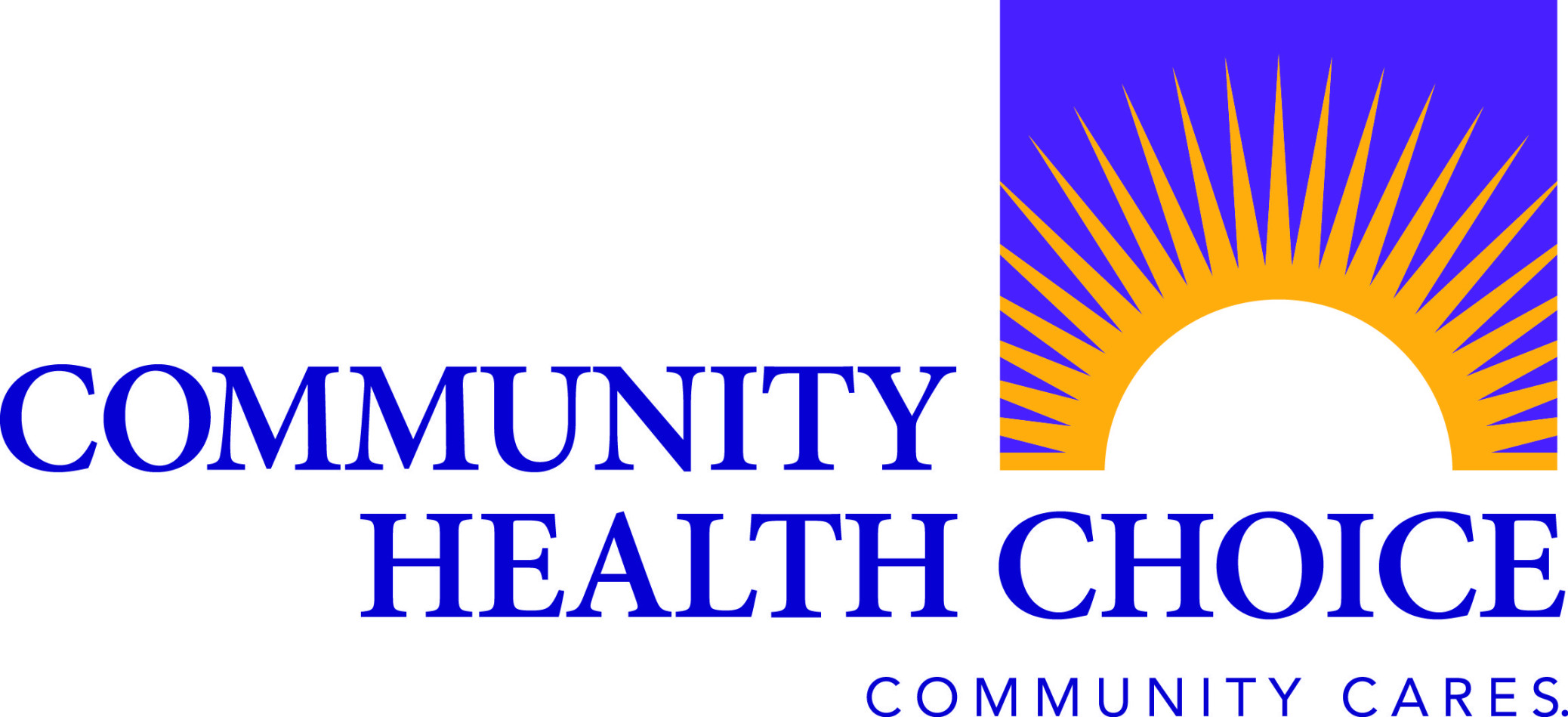1. Eat a Balanced Diet
“You are what you eat,” they say, and it’s true. The food we consume directly impacts our health and well-being. So, what does it mean to eat a balanced diet? It’s not about depriving yourself of your favorite foods but about making conscious choices that nourish your body.
Imagine your body as a car. To run smoothly, it needs a variety of fuels. These fuels are the nutrients found in different foods. Just as you wouldn’t fill your car with only gasoline, you shouldn’t rely solely on one type of food.

So, what should your plate look like?
Fruits and Vegetables: These colorful powerhouses are packed with vitamins, minerals, and fiber. Aim for a variety of colors to get the full range of nutrients. Think of them as the superheroes of your diet!
But it’s not just about what you eat, it’s also about how you eat.
Portion Control: Be mindful of portion sizes. It’s easy to overeat, but listening to your body’s hunger and fullness cues can help you find the right balance.
Remember, a balanced diet is a journey, not a destination. It’s about making sustainable choices that support your overall health and well-being. So, let’s nourish our bodies and celebrate the incredible power of food!
“Eat more fruits and vegetables.” It’s a phrase we’ve heard countless times, often dismissed as a generic health tip. But when we delve deeper, we realize that this simple recommendation is a cornerstone of community health. The choices we make in our kitchens have a profound impact on our overall well-being, and by extension, the health of our communities.
Why Fruits and Vegetables Matter
Fruits and vegetables are nutritional powerhouses. They are packed with vitamins, minerals, fiber, and antioxidants that our bodies crave. From boosting our immune systems to protecting against chronic diseases, these foods play a vital role in maintaining optimal health.
Vitamins and Minerals: Fruits and vegetables provide essential nutrients like vitamin C, vitamin A, potassium, and folate, which are crucial for various bodily functions.
Incorporating More Fruits and Vegetables into Your Diet
Making healthier food choices doesn’t have to be difficult or restrictive. Here are some tips to help you increase your fruit and vegetable intake:
Start Small: Gradually add more fruits and vegetables to your meals and snacks. Begin by incorporating them into dishes you already enjoy.
Community Impact
When individuals in a community prioritize healthy eating, it has a ripple effect on the entire population. A community with a high intake of fruits and vegetables is more likely to have lower rates of chronic diseases, reduced healthcare costs, and a stronger sense of well-being.
Beyond the Plate
Healthy eating is not just about individual choices. It’s also about creating a supportive environment that makes it easy for everyone to access nutritious foods. This includes advocating for policies that promote healthy eating habits, supporting local farmers, and reducing food disparities in underserved communities.
By choosing to eat more fruits and vegetables, we are not only taking care of ourselves but also contributing to the health and vitality of our communities. Let’s make healthy eating a priority and reap the rewards of a healthier, happier life together.
 Udento Lifestyle & Health
Udento Lifestyle & Health




